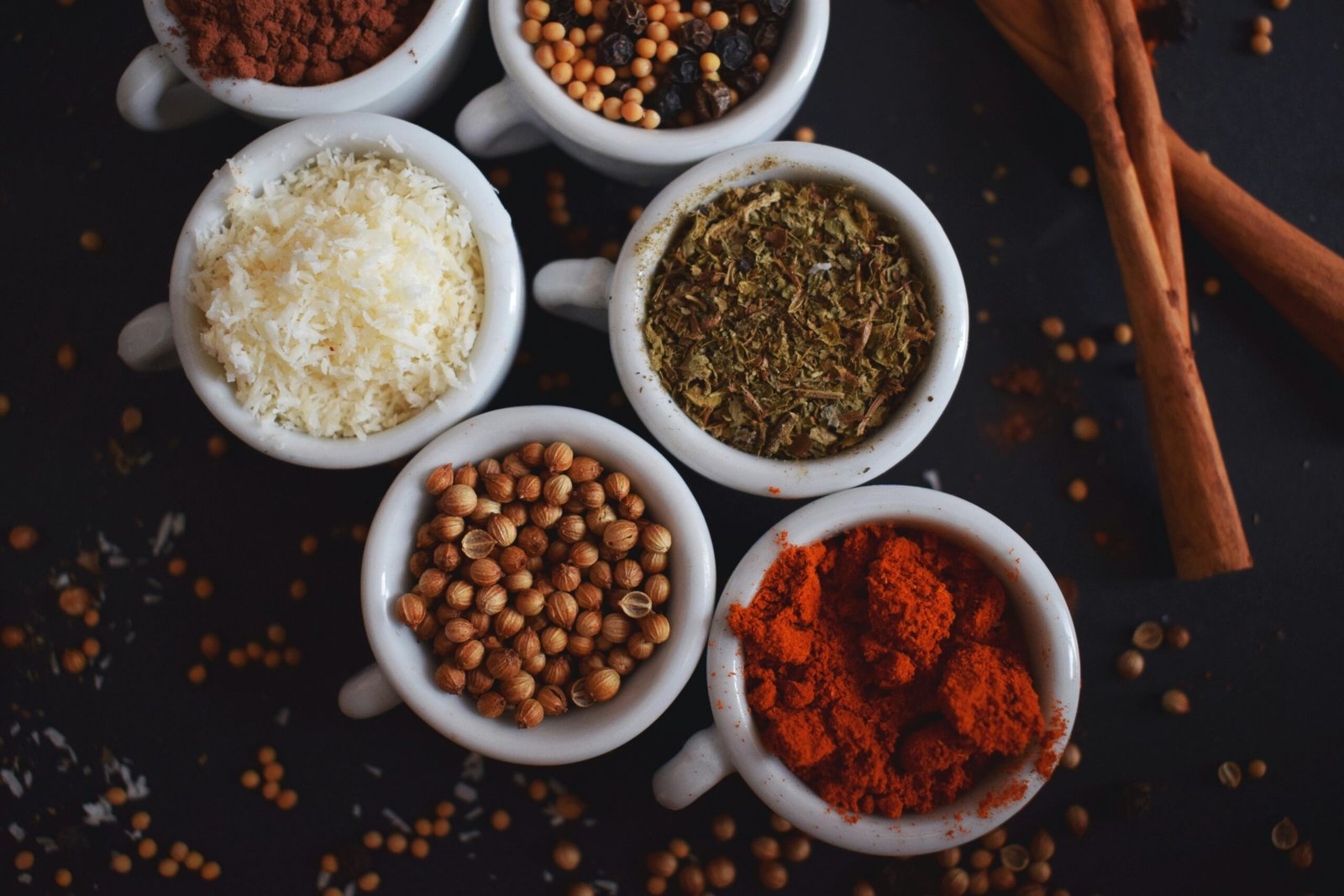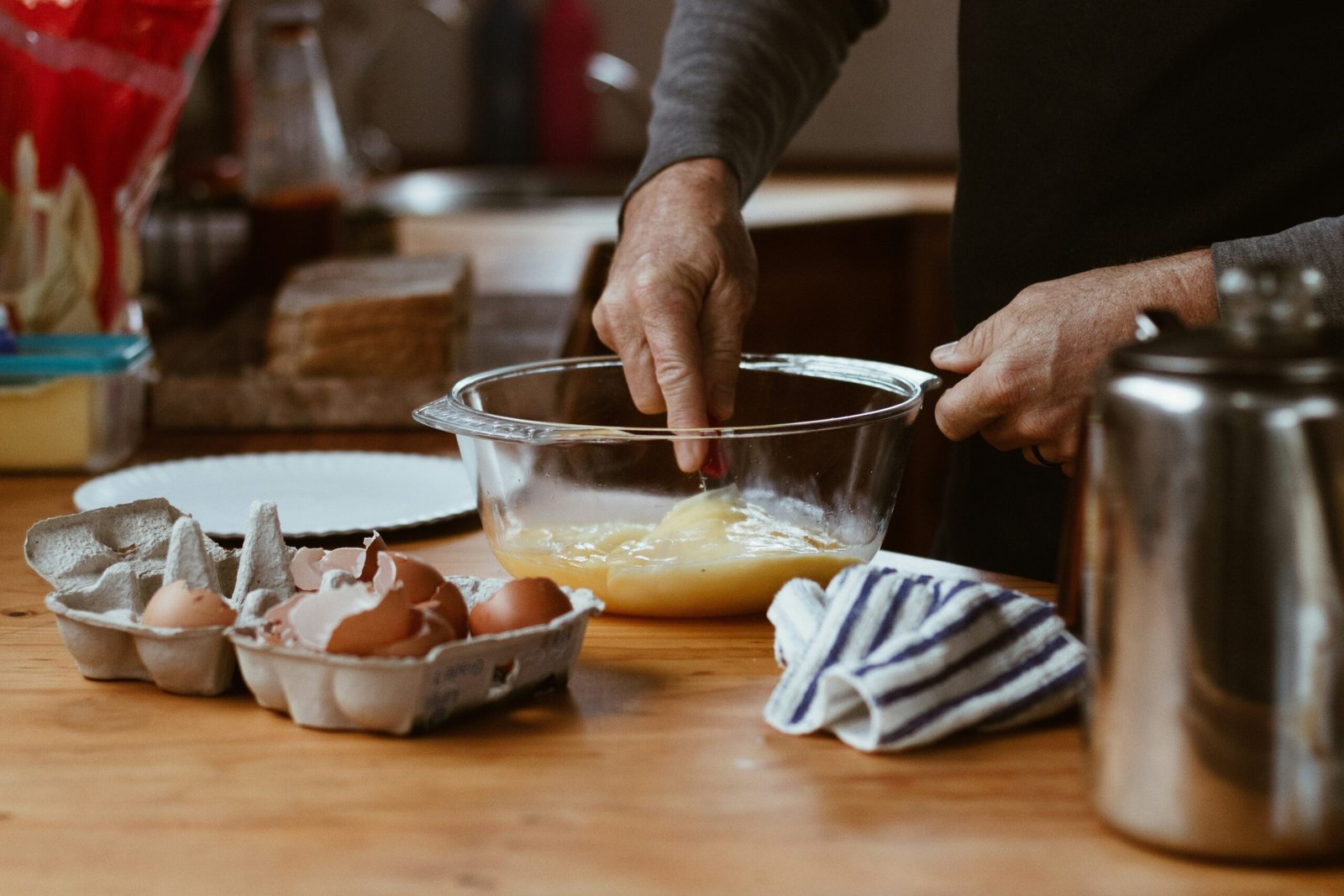“Why do my vata recipes taste like crunchy air and leave me hungrier than before?” If that thought has ever crossed your mind, you’re not alone. In the world of “Ayurvedic weight loss,” there’s a lot of talk about balancing doshas—especially vata. But if you’re new to this ancient wisdom, it can feel overwhelming. Do you really need 17 spices in one dish? And why does everything have to simmer for an hour?
In this post, we’ll dive deep into vata-balancing recipes—the kind that not only align with Ayurvedic principles but also support sustainable, natural weight loss. Buckle up as we explore:
- The science behind vata dosha and its role in metabolism.
- Step-by-step guides to cooking vata-friendly meals.
- Tips to avoid rookie mistakes (yes, even seasoned cooks fall victim).
- Real-life examples of how these recipes transformed health journeys.
Table of Contents
- Key Takeaways
- Why Is Balancing Vata Important?
- How to Cook Vata-Friendly Meals
- Best Practices for Perfect Vata Recipes
- Success Stories and Before/Afters
- Frequently Asked Questions About Vata Recipes
- Conclusion: Nourish Your Body, Naturally!
Key Takeaways
- Vata imbalance often leads to dryness, bloating, and difficulty losing weight.
- Cooking with warming spices and grounding ingredients balances vata.
- Avoid overly processed foods; opt for seasonal produce instead.
- Consistency matters more than perfection when experimenting with Ayurvedic recipes.
Why Is Balancing Vata Important?
Optimist You: “I’m just trying out Ayurveda!”
Grumpy You: “But what does ‘balancing vata’ actually mean?”
To simplify, let’s break it down. According to Ayurveda, vata governs movement—think digestion, circulation, and even your thoughts. When vata is balanced, your body hums along smoothly. But when it’s out of whack? Chaos ensues: irregular appetite, constipation, anxiety, and yes—weight gain.
Here’s the kicker: Most people unknowingly aggravate their vata through poor food choices. Ever felt jittery after too much coffee or heavy on fried snacks? That’s vata screaming at you.

This brings us to our first fail moment:
“For weeks, I tried blending kale smoothies every morning thinking I was doing something healthy… until my stomach revolted.”
Kale, while nutrient-rich, is super drying—a classic vata trigger! Lesson learned: Not all “healthy” foods suit everyone. Personalization is key.
How to Cook Vata-Friendly Meals
Step 1: Choose Grounding Ingredients
Focus on root vegetables like sweet potatoes, carrots, and beets. These earthy veggies stabilize vata because they’re naturally dense and rich.
Step 2: Incorporate Warming Spices
Ginger, turmeric, cumin, coriander, and cinnamon are non-negotiables here. They stimulate digestion without overtaxing your system.
Step 3: Add Some Healthy Fats
Ghee and coconut oil are your best friends. Why? They counteract vata’s cold, dry tendencies by moisturizing from within.
Sounds easy enough, right? But wait…
The One Terrible Tip Nobody Warned Me About
I once added GHEE to absolutely EVERYTHING under the impression it’d magically cure all my vata woes. Spoiler alert: It didn’t. Overdoing any ingredient—even ghee—can backfire faster than using #PizzaFriday for a salad recipe (oops).

Best Practices for Perfect Vata Recipes
- Eat seasonally. Nature’s got your back—if apples are in season, go for it!
- Avoid raw salads. Your digestive fire needs warmth, not extra work.
- Keep portions moderate. Too little leaves you hungry; too much strains your energy.
- Drink herbal teas during meals. Tulsi tea works wonders.
Success Stories and Before/Afters
Take Sarah, for instance. After months of struggling with erratic eating patterns and stubborn belly fat, she embraced Ayurvedic principles. Her go-to meal? A soothing bowl of spiced lentil stew simmered with ghee and topped with fresh cilantro. Slowly but surely, her cravings subsided, her skin cleared up, and those jeans finally fit again.
And hey, if Sarah can nail it, so can you.

Frequently Asked Questions About Vata Recipes
Q: Are vata recipes suitable for vegans?
Absolutely! Just swap dairy for plant-based alternatives like almond milk or cashew yogurt.
Q: Can I lose weight fast with these recipes?
Nope, sorry. Ayurveda focuses on gradual, sustainable changes rather than crash diets. Patience pays off, though!
Q: What happens if I eat something that aggravates vata?
You might feel bloated or anxious temporarily. Don’t panic—it’s feedback, not failure. Rebalance with calming foods ASAP.
Conclusion: Nourish Your Body, Naturally!
Balancing vata isn’t rocket surgery—it’s about tuning into YOUR unique rhythm. With mindful ingredient selection, step-by-step meal prep, and consistency (coffee optional), you can harness the power of Ayurveda for lasting wellness.
So grab your spices, turn down the TikTok soundbites, and start cooking. Your gut—and your waistline—will thank you.
Like a Tamagotchi, your Ayurvedic journey thrives on daily care. Now go feed that fire pot of yours!


